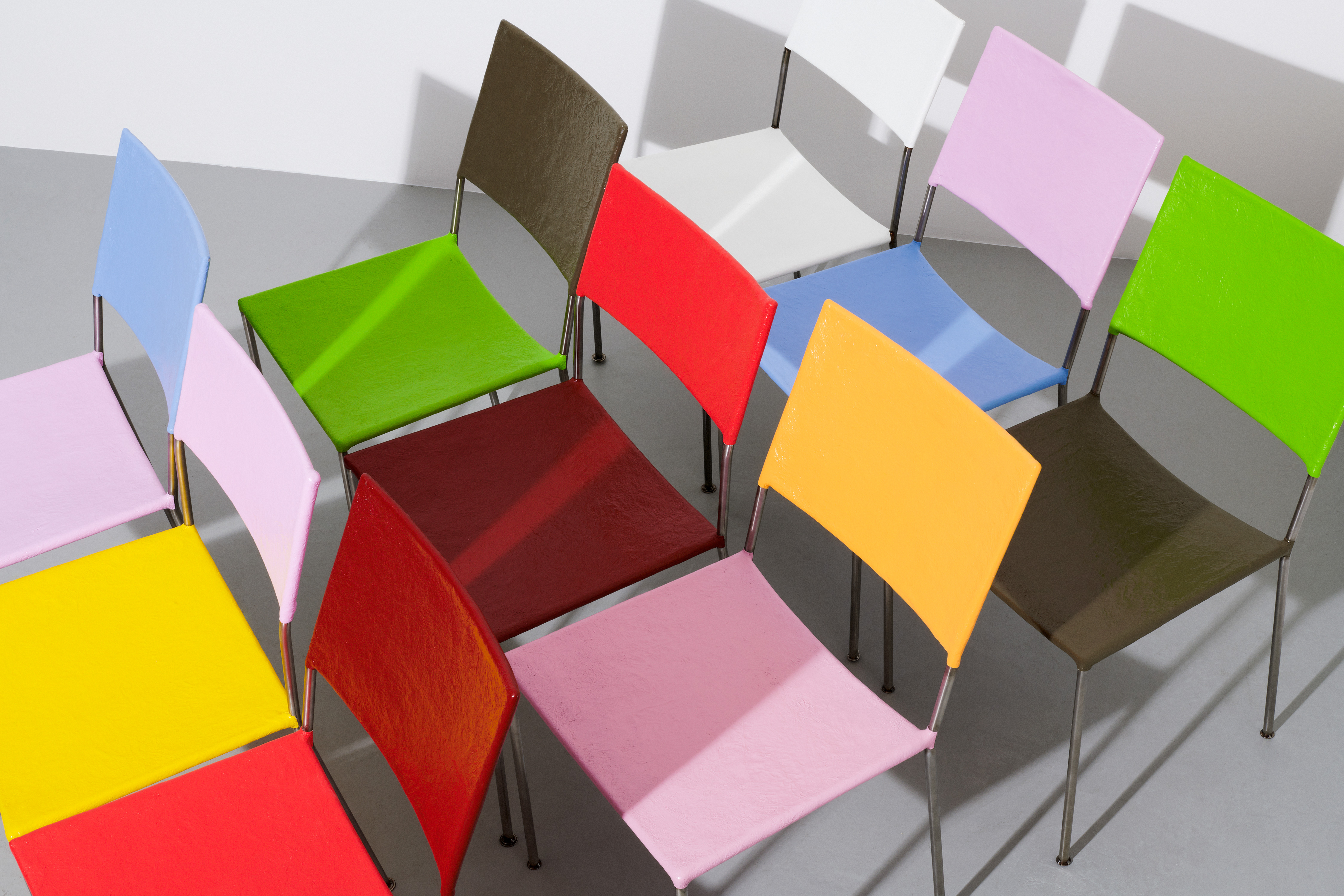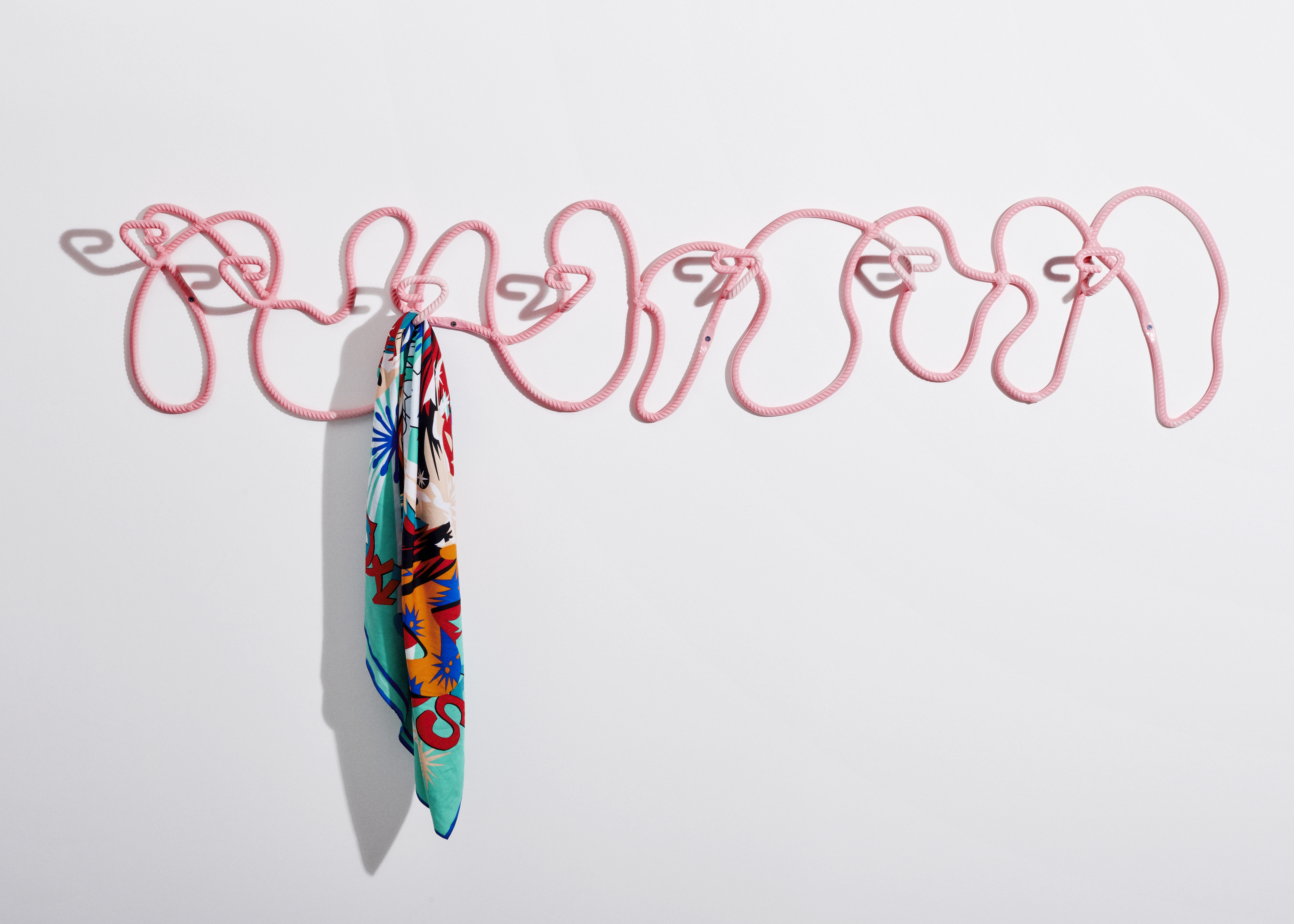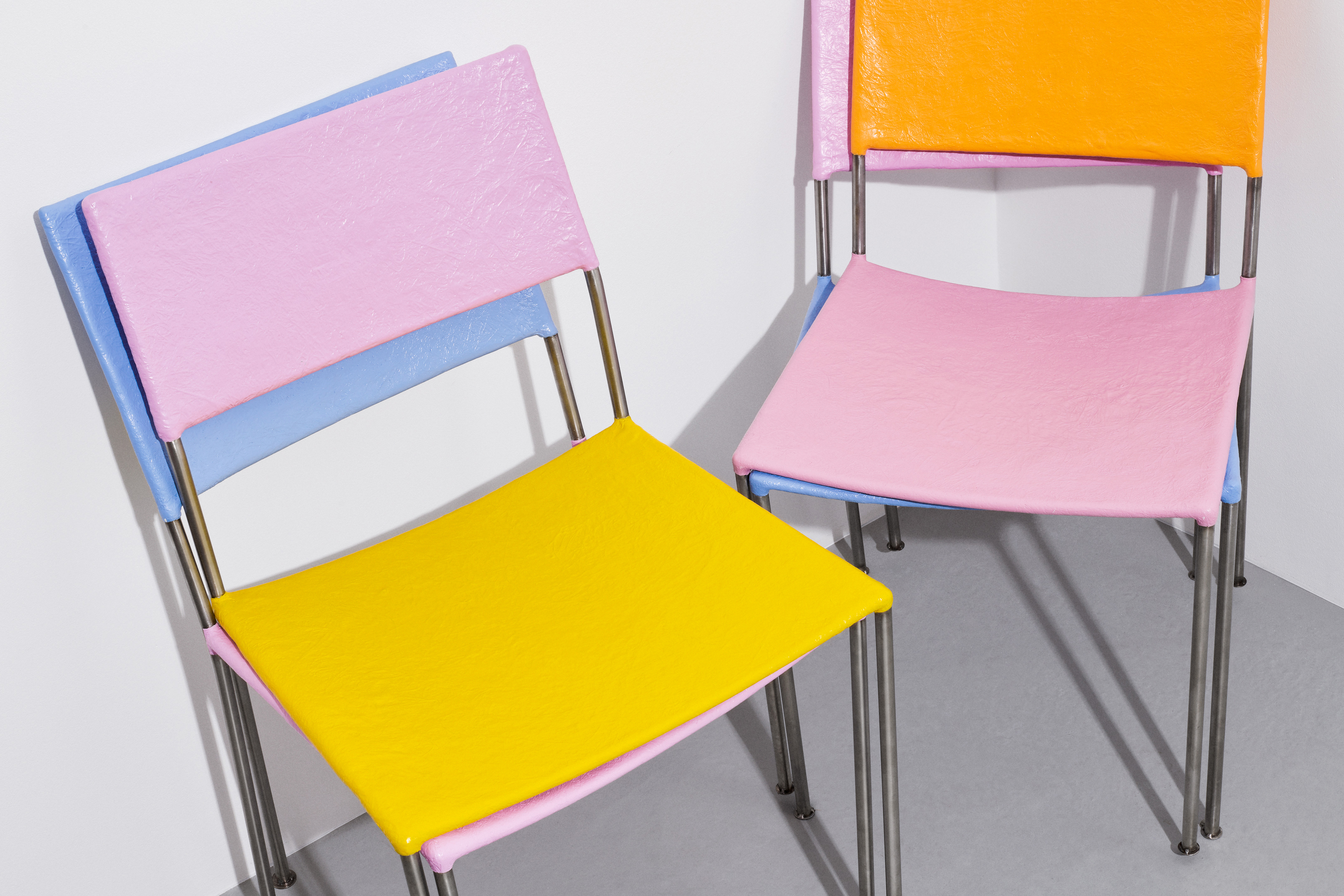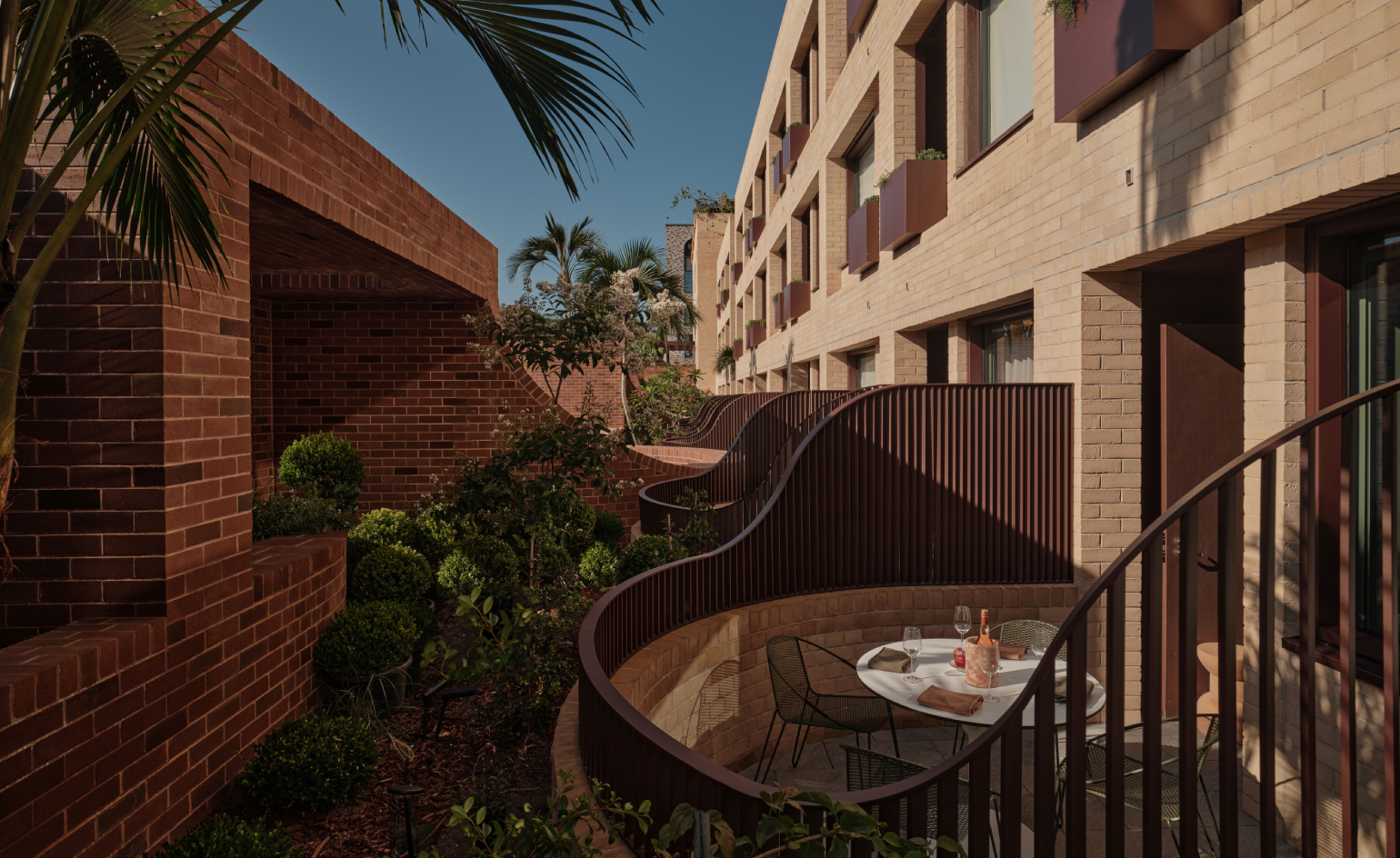Situational spaces created by Franz West’s furniture
David Zwirner Gallery hosts a digital exhibition of Austrian conceptual artist Franz West’s furniture, ‘The Viewing Room’, until 22 December

On the gallery scene today, it seems that the conflation of art and design is a fait accompli. Artists and designers alike create objects that, though functional, are the result of, on one end of the spectrum, imagination running wild — as in the work of Chris Schanck, for one — or artistic practice distilled — as is the case with Muller Van Severen.
Franz West, the Austrian conceptual artist who made furniture a fundamental part of his practice, began creating his seminal installations of chairs and sofas in 1980. Though he could be seen as a precursor to this growing intersection of art and design, West considered his functional sculptures to be art, but with a social function: he termed them ‘adaptives for the human body at rest.’
‘The concept that functional furniture could be art was a radical gesture’, says Elena Soboleva, director of online sales at David Zwirner
A selection from this chapter of West’s oeuvre is on sale at the gallery’s online exhibition space, ‘The Viewing Room’, until 22 December. On offer is a number of the artist’s pink, red, yellow, blue, and green Künstlerstuhl and Textilstuhl chairs, as well as West’s canvas Divan, Chaise Lounge, and Trog sofa, and the Sinnlos metal coat rack, with prices ranging from $12,000 to $80,000.


Above, Sinnlos (Senseless) by Franz West, 2008/2014. Courtesy © Archiv Franz West, Estate Franz West, and David Zwirner. Below, Selection of Künstlerstuhl (Artist's Chair) by Franz West. Courtesy © Archiv Franz West, Estate Franz West, and David Zwirner
As with West’s own practice, ‘the online exhibition lives in a territory of in-betweenness', says Soboleva. ‘An online presentation felt like a natural context for this work since it breaks down the usual preconceptions of sculpture and functional objects', she explains.
West’s furniture — and hence art — is intended for interaction. The pieces have a communicative quality, whether it’s to encourage socialising with fellow seated visitors or to nudge the audience into contemplation of certain artworks, as at West’s 1989 exhibition at the Kunsthistorisches Museum in Vienna.
Once seated or lying down, one becomes part of the — interventionist — artwork. ‘These chairs create situational spaces that foster intimacy and reflection’, adds Soboleva. ‘As our social interaction becomes more anonymised and fleeting, there is a counter-desire to create meaningful space for dialogue and conversation.’
INFORMATION
Wallpaper* Newsletter
Receive our daily digest of inspiration, escapism and design stories from around the world direct to your inbox.
Siska Lyssens has contributed to Wallpaper* since 2014, covering design in all its forms – from interiors to architecture and fashion. Now living in the U.S. after spending almost a decade in London, the Belgian journalist puts her creative branding cap on for various clients when not contributing to Wallpaper* or T Magazine.
-
 Maserati joins forces with Giorgetti for a turbo-charged relationship
Maserati joins forces with Giorgetti for a turbo-charged relationshipAnnouncing their marriage during Milan Design Week, the brands unveiled a collection, a car and a long term commitment
By Hugo Macdonald
-
 Through an innovative new training program, Poltrona Frau aims to safeguard Italian craft
Through an innovative new training program, Poltrona Frau aims to safeguard Italian craftThe heritage furniture manufacturer is training a new generation of leather artisans
By Cristina Kiran Piotti
-
 Wallpaper* checks in at The Eve Hotel Sydney: a lush urban escape
Wallpaper* checks in at The Eve Hotel Sydney: a lush urban escapeA new Sydney hotel makes a bold and biophilic addition to a buzzing neighbourhood that’s on the up
By Kee Foong